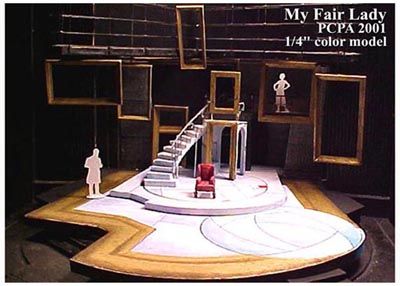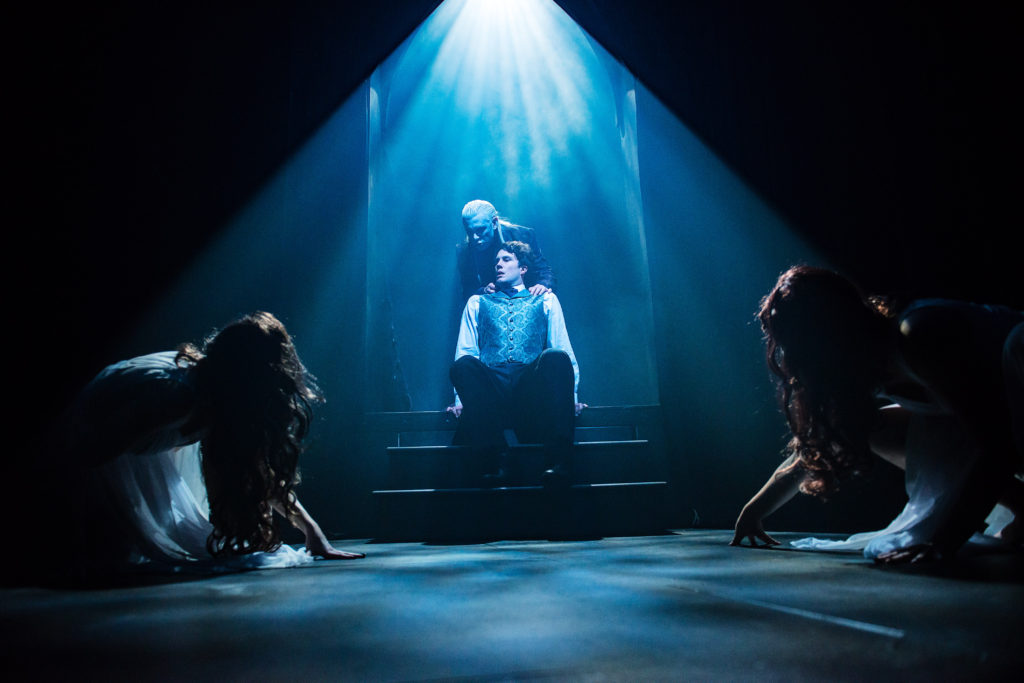The aim of this lesson is to:
- Understand the principles of lighting design
- Know what lights create what effects
- Build subject specific vocabulary
- Give opportunities to be creative using a light simulator
Create a word doc and save as Your name-Y11-Lighting
Task 1:Think // Pair/ Share 1-2 mins ‘why lights are needed in theatre?‘ (Shakespeare didn’t use them!)
Task2: Remember your Stage Geography
Fill in the table (on your own)
Task 3: (20 minutes) Finding out what lights do (basic)
Click on this LINK for the lighting simulator
http://scenicandlighting.com/lightlab/
Set every light to zero (slide to the left).
Using 1 slider (light) at a time, see what effects are created by using:
Record the information about LOCATION and EFFECT
- A cyclorama light is located UPSTAGE. It makes all the objects (set and actors) DOWN STAGE appear as silhouettes.

- Side lights
- Top lighting
- Foot lights
- Specials
- High Side Gobos
- Try different colours
*Take a screen shots [Window Icon – Shift – S buttons all held down] of each to help memorise and put into YOUR WORD document.
Task 4: (20 minutes) Create a ‘lighting state’ for
- a woodland scene at night (Midsummer Night’s Dream – by Shakespeare.
- a romantic sunset scene outdoors
- a spooky castle
*Take Screen Shots of each to help memorise it .
- State the scene – location – time of day.
- Explain where lights are positioned, angled, focused and any colour choices, special effects (gobos?)
- Justify why you used these (in terms of the effects you wish to create eg: time / place / mood.)
When you describe what lights do the TERMINOLOGY is often similar to how you describe water.
The Light will flood the down stage area…






